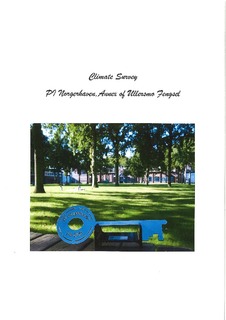| dc.description.abstract | Norgerhaven prison is exceptionally well and closely managed, with outstanding cooperation between the Norwegian and Dutch staff involved. The complexity of the task (of combining Norwegian and Dutch practices and cultures) has generated a level of dialogue and reflection among the staff at all levels that is very impressive, and this in itself could be very valuable in practice and policy development. The staff were exceptionally reflective and thoughtful. The 'moral and relational' quality of life in the prison - or its 'interior legitimacy' - is relatively high. This is related to the very professional orientation, engagement, and level of experience of the staff and senior managers working in the prison (as well as to the prison's highly rated outdoor facilities and layout). Much can be learned from the Norgerhaven experience about what makes a prison and its staff operate at their best, including the importance of having a clear ‘mission’ and strong leadership.
There are some areas of concern, mainly relating to low levels of personal development and bureaucratic legitimacy - that is, opportunities to progress, and prepare for life outside, and the fairness and transparency of procedures. Prisoners seemed to be ‘doing’ rather than using, calm, foreign time. Both of these scores are related to the prison's structural properties: accommodating Norwegian prisoners in Holland, and relying on English as the main language in which to communicate, are bound to raise problems of 'exterior legitimacy' that will be difficult to overcome. Whatever its ‘interior’ qualities, Norgerhaven prison poses challenges: it represents ‘privatisation’ or contracting out of a new kind, its dual jurisdiction arrangements are complex; almost no-one can speak in their own language (this leads to the loss of ‘small cues’ on which prison work depends), the costs, purpose, and longer-term effects of imprisoning a population from one country in another are unclear. There is little ‘resocialisation’ built into the regime. Many (especially Norwegian) prisoners are disadvantaged. The notion of ‘consent’, built into the agreement, does not always operate as assumed; and some questions of accountability remain opaque. That it has operated well suggests that any ‘legacy’ should include capturing the important lessons learned and reflecting on what ‘staff professionalism’ means at its best. The Norgerhaven project has required the interactive translation of prison policy into practice, and the deciphering and articulation of the taken-for-granted assumptions of two penal cultures. This has been managed in a cooperative and creative way. Many interesting and surprising findings, and lessons, have emerged. | nb_NO |

